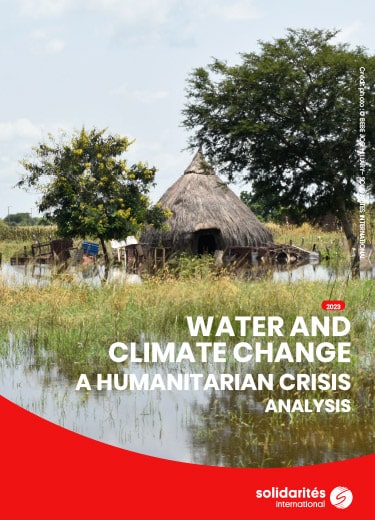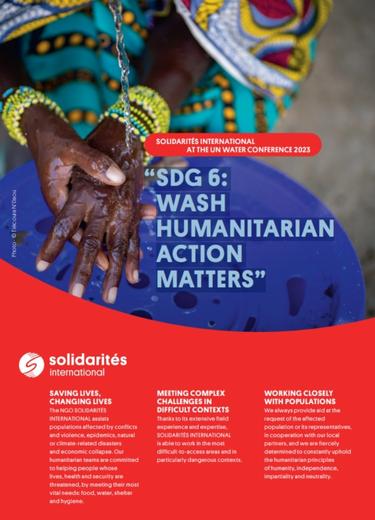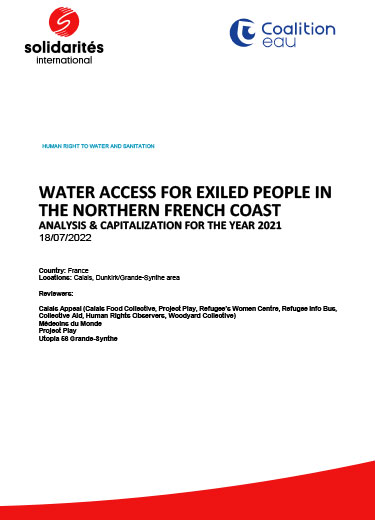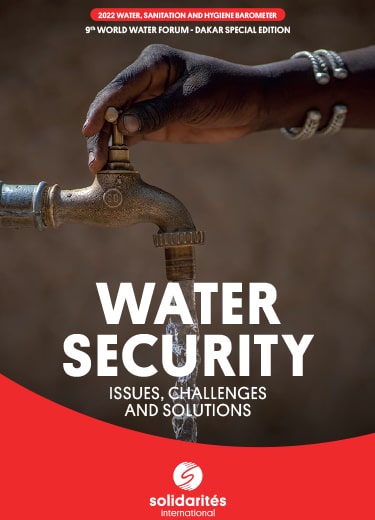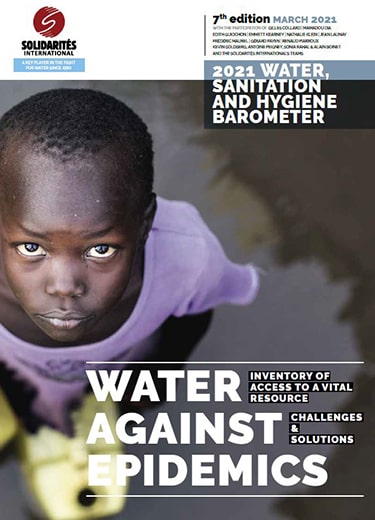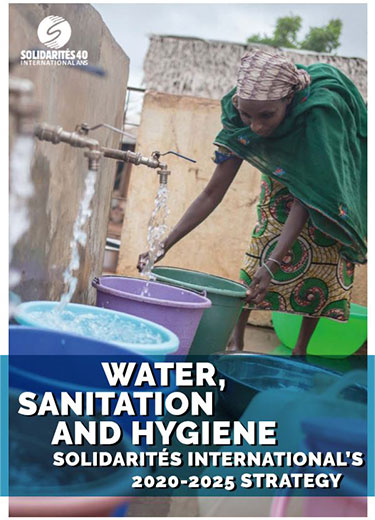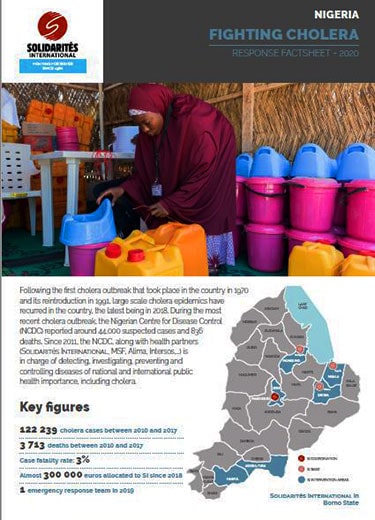Water, a resource at the centre of everything
Water is vital, not only to survival in emergency, but also for medium and along-term economic development through the education of the youngest members of society. Whether it’s intended for drinking or for agricultural use, water is an essential resource that’s at the centre of everything.
Water for food security
A regular supply of fresh water, whether or not it is drinkable, is the cornerstone for maintaining, or indeed developing economic activity in rural areas. Environmentally, friendly irrigation enables harvests to be alvaged during times of drought and can help farmers obtain two or three harvests per year rather than one.
Water is equally essential for livestock farmers: for watering cattle, optimising pastureland and producing fodder. It is also vital for urban economies.
Finally, there is a direct link between drinking water and access to revenue, when workers in good health are able to work. According to the WHO, every 1$ invested in sanitation in developing countries represents 9$ in economic benefits.
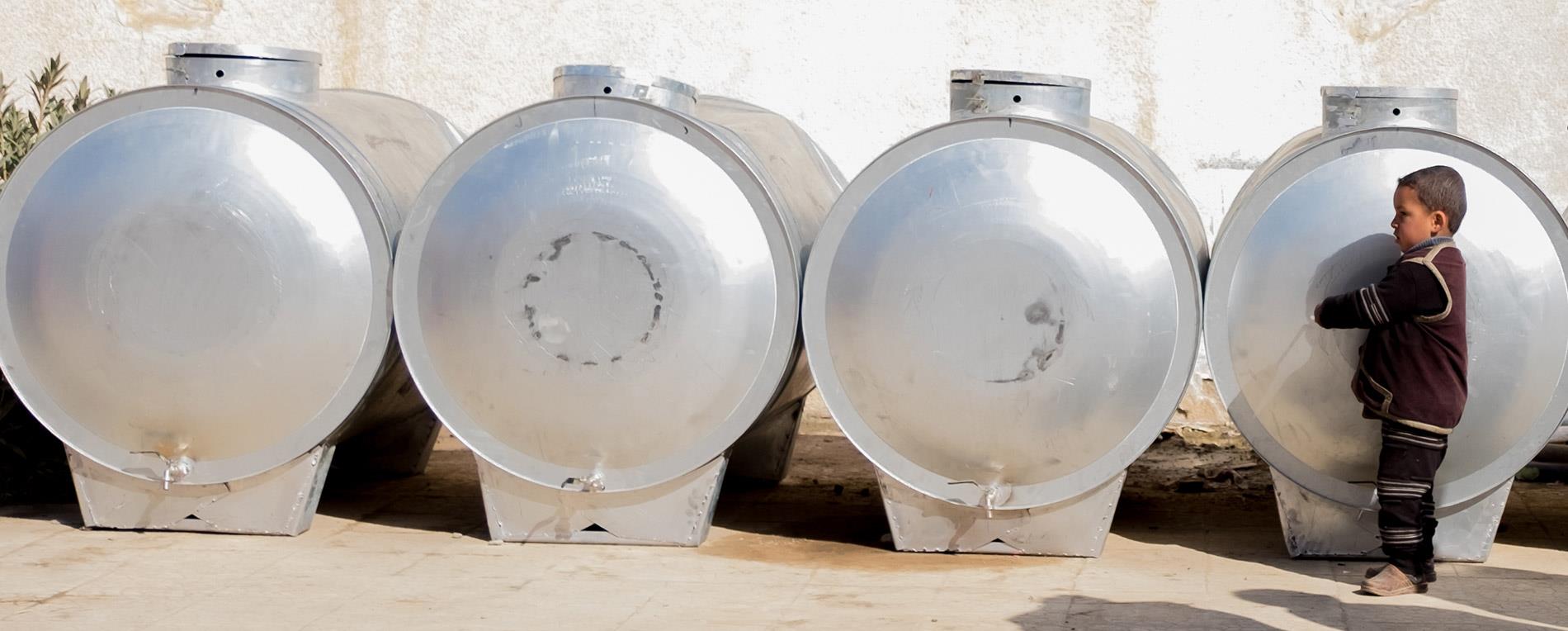
Water for heath
It has been proven time and time again that access to a sufficient quantity of drinking water, supplemented by the use of hygienic toilets and good hygiene practices, is still the most effective way of preventing epidemics.
Diseases, spread by faecal-oral transmission (acute diarrhoea, cholera, typhoid fever, etc.) and those linked to unsafe water (malaria, bilharzia, etc.) remain one of the primary causes of death in the world, responsible for 2,6 million deaths every year.
Water and sanitation are essential to public health. I often say that they are at the very basis, because when everyone, regardless of their living conditions, is guaranteed access to safe water and proper sanitation, the fight against a large number of diseases will have made a huge leap forward.”
Dr LEE Jong-wook, Director-General of the World Health Organization
To drink and meet hygiene needs, each person needs 20 to 50 litres of water every day, free of harmful chemicals and microbial contaminants. There is evidence that investments in safe drinking water and improved sanitation improve health and economic productivity. Much remains to be done to provide these basic services to a large proportion of the population.
WHO
Water to combat malnutrition
It has long been accepted that the implementation of WASH (Water, Sanitation and Hygiene) programmes, in communities affected by malnutrition is an essential element in the battle against severe and chronic malnutrition.
It’s important to remember that malnutrition and diarrhoea combined create a vicious circle, and that child malnutrition is responsible for 35% of deaths in children under five.
It is estimated that 50% of these cases are directly linked to chronic diarrhoea or intestinal worms (source: UN water 2008).

Water for the environment
WASH (Water, Sanitation and Hygiene) programmes also have a positive effect on the protection of the environment: solid waster management, the treatment of waste water, and rainwater drainage all play an important part.
SOLIDARITÉS INTERNATIONAL supports the establishment of community water management committees which facilitate the sustainable management of water reserves, thereby enabling their preservation in the long term.
In addition, by creating infrastructures that take into account the risk of natural disasters (flood, drought) as well as potential social conflicts linked to the management of water resources, SOLIDARITÉS INTERNATIONAL helps reduce these risks for the communities.
Water for learning
The impact of Water, Sanitation and Hygiene (WASH) programmes extends to schools.
A healthy pupil is more alert, more likely to succeed – and on a very basic level, able to attend school more regularly.
According to UNICEF, 272 million school days are lost each year due to diarrhoeal diseases.
It is also an established fact that the existence of clean toilets equipped with facilities for dealing with personal hygiene during menstruation is an important factor in preventing teenage girls from dropping out of school.
Photos : Prince-Naymuzzaman-Khan / Thomas Gruel / SOLIDARITÉS INTERNATIONAL
Publications
